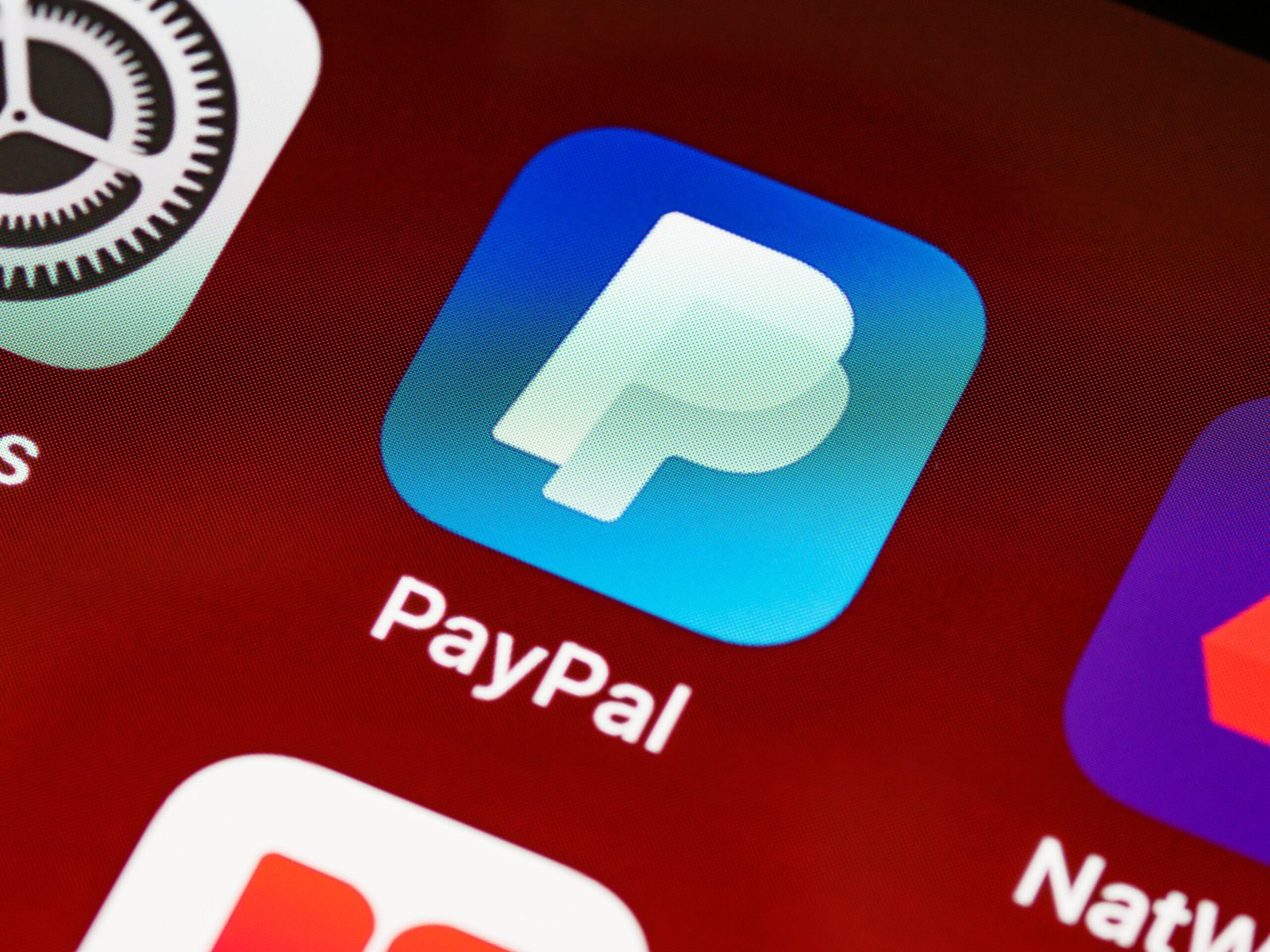How to Accept Pending Payment on PayPal
PayPal has become an integral part of online transactions offering a secure and convenient platform for buyers and sellers. However dealing with pending payments can be a perplexing situation for many users. In this guide we’ll explore the ins and outs of accepting pending payments on PayPal ensuring a smooth and hasslefree experience.
Introduction
-
A. Brief overview of PayPal
PayPal stands as one of the leading online payment platforms globally facilitating seamless transactions for millions of users. From personal transactions to business dealings PayPal has emerged as a trusted financial tool.
-
B. Importance of resolving pending payments
Pending payments can lead to uncertainties and inconveniences for both buyers and sellers. Addressing these pending transactions promptly is crucial to maintaining a positive online transaction experience.
-
Common reasons for pending payments
Before diving into the process of accepting pending payments it essential to understand why payments end up in a pending status. Issues such as insufficient funds account limitations or security concerns may contribute to this delay.
- Understanding Pending Payments
- Definition and types of pending payments
Pending payments can be classified into various categories including echecks payment holds and pending authorizations. Each type requires a specific approach for resolution.
-
How PayPal processes transactions
PayPal employs a sophisticated system to process transactions involving multiple steps to ensure the security and validity of each payment. Understanding this process is key to comprehending why payments may end up pending.
-
Reasons for payments being marked as pending
From new accounts to unusual transaction activities several factors can trigger PayPal to mark payments as pending. Familiarizing oneself with these reasons can help users avoid potential pitfalls.
Steps to Accept Pending Payments
-
Log in to your PayPal account
To begin the process of accepting a pending payment log in to your PayPal account using your credentials. Ensure that you have the necessary permissions to manage pending transactions.
-
Navigate to the “Pending” section
Within your PayPal dashboard locate the “Pending” section. This area provides a comprehensive view of all transactions currently in a pending status.
-
Review and confirm the payment
Carefully review the details of the pending payment ensuring accuracy and legitimacy. Once satisfied proceed to confirm the payment moving it from pending to a completed status.
-
Troubleshooting tips for common issues
In case of any issues during the confirmation process this section provides valuable troubleshooting tips to address common problems swiftly.
- PayPal Seller Protection
- Overview of Seller Protection
PayPal offers Seller Protection to safeguard sellers from certain types of fraudulent activities. Understanding how this protection works is crucial for sellers.
-
How accepting pending payments affects Seller Protection
Accepting payments promptly is a prerequisite for Seller Protection. Delays may jeopardize the eligibility for this added layer of security.
-
Ensuring eligibility for Seller Protection
This section outlines the steps sellers can take to maintain eligibility for PayPal Seller Protection enhancing confidence in every transaction.
- Communicating with the Buyer
- Importance of communication
Effective communication is key to resolving any uncertainties. This section emphasizes the importance of maintaining open lines of communication with the buyer.
-
Drafting a polite message to the buyer
Crafting a polite and informative message to the buyer can go a long way in easing concerns and fostering a positive buyerseller relationship.
-
Addressing buyer concerns
Anticipating and addressing common concerns buyers may have about pending payments is essential for a smooth resolution process.
- Preventing Future Payment Delays
- Verifying account information
Regularly updating and verifying account information is a proactive step to prevent future payment delays.
-
Setting up automated payments
Explore the option of setting up automated payments for recurring transactions reducing the likelihood of pending payments.
-
Educating buyers about the payment process
Educating buyers about the payment process can mitigate misunderstandings and streamline future transactions.
Customer Support Assistance
- Contacting PayPal customer support
When in doubt reaching out to PayPal customer support can provide valuable assistance. This section outlines the steps to contact support effectively.
-
Providing necessary information for quick resolution
To expedite the resolution process users should be prepared to provide specific details when contacting customer support.
-
Escalating the issue if needed
In cases where standard support channels may not suffice this section discusses the option of escalating the issue for a quicker resolution.
Risks of Ignoring Pending Payments
-
Impact on account standing
Ignoring pending payments can have repercussions on the overall standing of a PayPal account potentially leading to limitations or suspensions.
-
Potential fees and penalties
Certain scenarios may result in additional fees or penalties for delayed actions. Understanding these consequences is crucial for users.
-
Negative effects on seller reputation
Consistently ignoring or mishandling pending payments can harm a seller reputation impacting future transactions and buyer trust.
- Reallife Scenarios
- Success stories of resolving pending payments
Sharing success stories of users who successfully navigated and resolved pending payment issues can inspire and guide others facing similar challenges.
-
Lessons learned from past experiences
Examining lessons learned from past experiences can provide valuable insights into avoiding common pitfalls and navigating PayPal transactions effectively.
-
How other users overcame challenges
Highlighting the strategies employed by other users to overcome challenges associated with pending payments can offer practical guidance.
Final Word
In navigating the terrain of pending payments on PayPal requires a combination of understanding communication and proactive measures. By following the outlined steps and leveraging best practices users can not only accept pending payments efficiently but also build trust and enhance their overall PayPal experience.
FAQs
-
Is it safe to accept pending payments on PayPal?
Accepting pending payments on PayPal is generally safe if users follow the recommended procedures and guidelines outlined by PayPal. However it essential to stay vigilant and address any concerns promptly.
-
What should I do if a pending payment is taking too long to process?
If a pending payment is experiencing prolonged processing times users should reach out to PayPal customer support for assistance. Providing relevant details about the transaction can expedite the resolution.
-
Can I dispute a pending payment as a seller?
Sellers may not be able to dispute a pending payment directly. However they can communicate with the buyer and if necessary involve PayPal customer support to address any issues.
-
Are there any alternative payment methods to avoid pending payments?
While PayPal is a popular and secure payment method users may explore alternative methods to minimize pending payments. However each payment method comes with its own set of considerations and procedures.
-
What steps can I take to prevent my payments from being marked as pending?
To prevent payments from being marked as pending users should regularly update and verify their account information set up automated payments for recurring transactions and educate buyers about the payment process.

Source of Image: https://www.pexels.com/photo/blue-and-white-logo-guessing-game-5437587/




